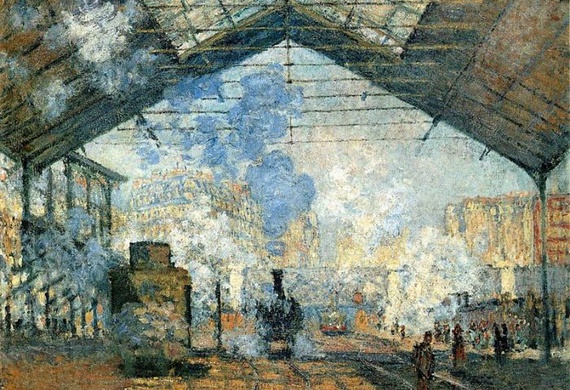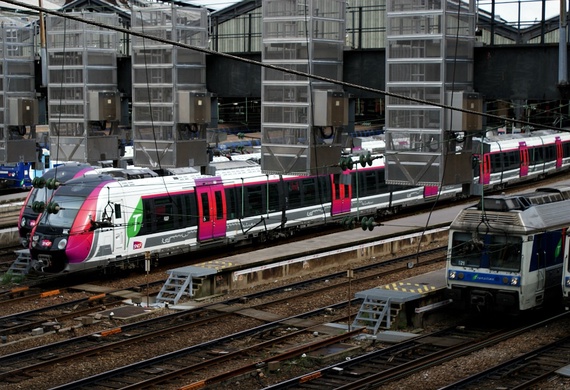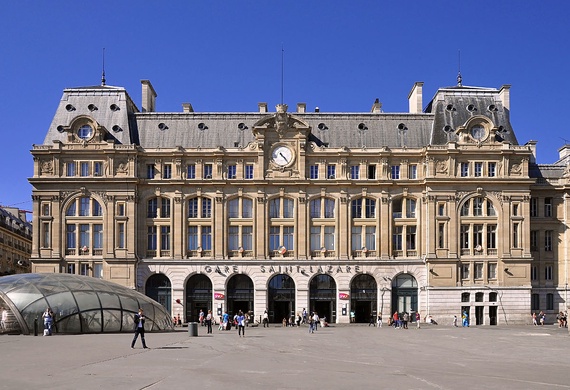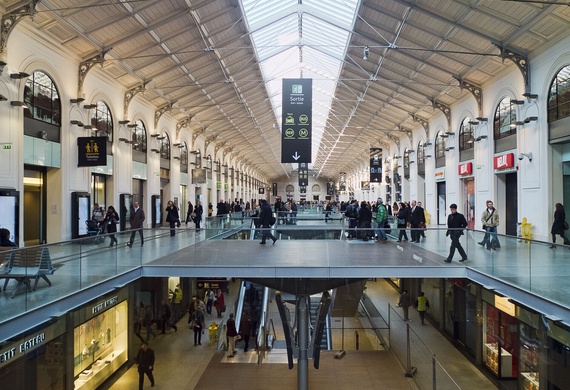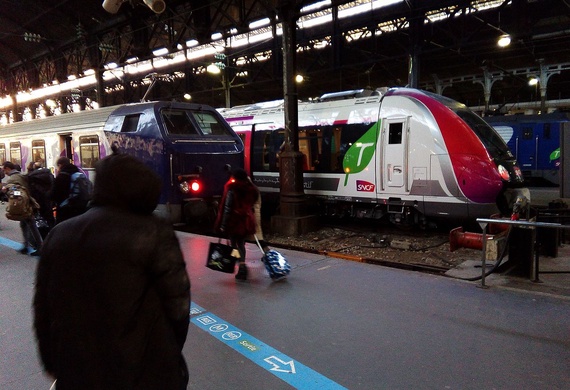Paris St. Lazare
Improving operations on Transilien lines J and L in Paris: a new approach to define short-term improvements and a mid- and long-term strategy.
Paris Saint Lazare is not only one of the most famous stations in the world thanks to Monet’s paintings, but also the busiest terminal station in Paris. With over 1200 trains on 5 lines entering a terminal station with 27 tracks, operations in the station and on the lines are extremely congested in the peak hours.
Our team was asked to identify the critical points in current operations and suggest a set of operational or infrastructure improvements that would allow increasing punctuality. Using the TRENOanalysis tool, we analysed actual delays, identifying the critical trains and weaknesses in the timetable. To ensure the correct understanding of these phenomena, we reproduced them by simulating operations on the entire network using real delays as input. Once this model was quality-proof, based on the results of the analysis, together with the operator SNCF Transilien we identified a list of possible improvements to the processes, the timetable and the infrastructure and used the model to test their impact on the reliability of operations.
Our tasks:
- Operations analysis
- Infrastructure planning
- Microscopic simulation model development
- Microscopic simulation model calibration
- Microscopic Stochastic Simulation
- 2015/05 - 2015/05
- France
- SNCF Transilien
- Timetable Planning, Data Analysis, Integrated Service and Infrastructure Planning
- TRENOplus, TRENOanalysis, OpenTrack

